Sub Meter Installation: Optimizing Energy Consumption for a Sustainable Future
In an era where energy costs are continually rising and environmental concerns are at the forefront, optimizing energy consumption has become a critical goal for both residential and commercial establishments. One effective and often underutilized strategy for achieving this is sub meter installation. In this comprehensive guide, we’ll explore the importance of sub meter installation, its benefits, the installation process, and key factors to consider when choosing a service provider.
Understanding Sub Meters
A sub meter is a sophisticated device that measures the energy consumption of a specific appliance, system, or area within a building. Unlike the main meter that provides an aggregate reading of the total energy usage, sub meters offer detailed insights into the energy consumption patterns of individual components or sections. This granular level of monitoring enables property owners to pinpoint inefficiencies, optimize energy use, and reduce overall energy costs.
Sub meters can measure various utilities including electricity, water, and gas, making them versatile tools for comprehensive energy management. By tracking energy use at a more detailed level, sub meters play a crucial role in energy audits and efficiency programs.
Benefits of Sub Meter Installation
1. Enhanced Energy Efficiency
One of the primary benefits of sub meter installation is improved energy efficiency. By tracking the energy consumption of individual appliances or areas, you can identify which components are using the most energy. This allows you to implement targeted energy-saving measures, such as upgrading to more efficient appliances or optimizing operational schedules, leading to significant energy savings.
2. Cost Reduction
Installing sub meters can lead to substantial cost reductions. When you can pinpoint which areas or devices are consuming the most energy, you can make informed decisions to address high consumption. For instance, if a particular area is using more electricity than anticipated, you might discover that an appliance is malfunctioning or that there are inefficiencies in the system. Addressing these issues can directly reduce your energy bills.
3. Fair Allocation of Costs
In multi-tenant properties such as apartment buildings or office complexes, sub meters ensure a fair distribution of energy costs among occupants. Each tenant or unit is billed according to their actual energy consumption, rather than a flat rate or an estimate based on the total consumption of the building. This transparency helps to avoid disputes and promotes energy-conscious behavior among tenants.
4. Data-Driven Decision Making
The data provided by sub meters is invaluable for making informed decisions about energy usage. Detailed consumption data allows property owners and managers to identify trends, assess the impact of energy-saving measures, and make strategic improvements. This data-driven approach guarantees that energy management decisions are grounded in concrete evidence rather than relying on assumptions.
5. Environmental Impact
Reducing energy consumption through sub metering contributes to a smaller carbon footprint. By identifying and addressing areas of excessive energy use, you can lower your overall energy consumption, which in turn reduces greenhouse gas emissions. This aligns with broader sustainability goals and demonstrates a commitment to environmental stewardship.
Types of Sub Meters
1. Electricity Sub Meters
Electricity sub meters measure the electrical energy consumption of specific appliances, circuits, or areas within a building. They are particularly useful in monitoring high-energy devices such as HVAC systems, industrial machinery, or shared equipment in commercial properties.
2. Water Sub Meters
Water sub meters track the water consumption of individual units or areas, which is especially useful in multi-tenant buildings. They help in identifying leaks, managing water usage more effectively, and ensuring that tenants are billed according to their actual water consumption.
3. Gas Sub Meters
Gas sub meters measure the natural gas consumption of specific areas or appliances. They are commonly used in buildings where different tenants or sections use gas for heating or cooking.
The Sub Meter Installation Process
1. Assessment
The first step in the sub meter installation process involves a comprehensive assessment of your property. A professional energy auditor will evaluate the layout and determine the optimal locations for sub meters based on your energy usage patterns and specific needs.
2. Equipment Selection
Once the assessment is complete, the appropriate type and number of sub meters will be selected. This decision will depend on factors such as the type of utilities to be measured, the size of the property, and the specific objectives of the sub metering project.
3. Installation
Sub meters are installed in parallel with the main meter, ensuring that they can accurately measure the energy consumption of specific areas or devices. The installation process typically involves connecting the sub meters to the existing utility lines and calibrating them to ensure accurate readings.
4. Data Collection and Analysis
After installation, the sub meters begin collecting data on energy consumption. This data is then analyzed to identify patterns, assess energy efficiency, and pinpoint areas for improvement. Regular data review helps in fine-tuning energy management strategies and achieving ongoing energy savings.
Factors to Consider When Choosing a Sub Meter Installation Service
1. Experience
When selecting a sub meter installation service, it is crucial to choose a provider with extensive experience in the field. Experienced professionals are more likely to have a thorough understanding of sub meter technology and installation best practices.
2. Expertise
Ensure that the service provider has expertise in the specific types of sub meters you need, whether for electricity, water, or gas. Different sub meters have different installation requirements and applications, so specialized knowledge is essential.
3. Cost-Effectiveness
Compare prices from multiple service providers to ensure you receive the best value for your investment. While cost is an important factor, it should be balanced with the quality of service and the reliability of the equipment.
4. Customer Reviews
Check online reviews and testimonials to gauge the satisfaction of previous customers. Positive feedback can indicate a reliable and reputable service provider.
5. Maintenance Services
Regular maintenance is essential to ensure the accuracy and longevity of your sub meters. Inquire about the availability of ongoing maintenance services from the installation provider to ensure your sub meters remain in optimal working condition.
Best Sub Meter Installation Service in Karachi, Lahore and Islamabad.
If you are located in Karachi and are seeking a reliable sub meter installation service, HomeFixer is a highly recommended option. HomeFixer is known for its expertise in energy management solutions and offers comprehensive services for sub meter installation and maintenance. Their experienced professionals are equipped to handle a wide range of sub metering needs, ensuring accurate installations and ongoing support.
Sub Meter Installation: A Step Towards a Sustainable Future
Investing in sub meter installation is a proactive step towards optimizing energy consumption and minimizing your environmental impact. The detailed data provided by sub meters empowers you to make informed decisions about energy usage, leading to significant cost savings and a more sustainable future. Whether for residential, commercial, or industrial applications, sub meters are an invaluable tool for effective energy management and environmental responsibility.
By embracing sub metering, you not only enhance your energy efficiency but also contribute to a greener planet, showcasing your commitment to sustainability and responsible resource management.

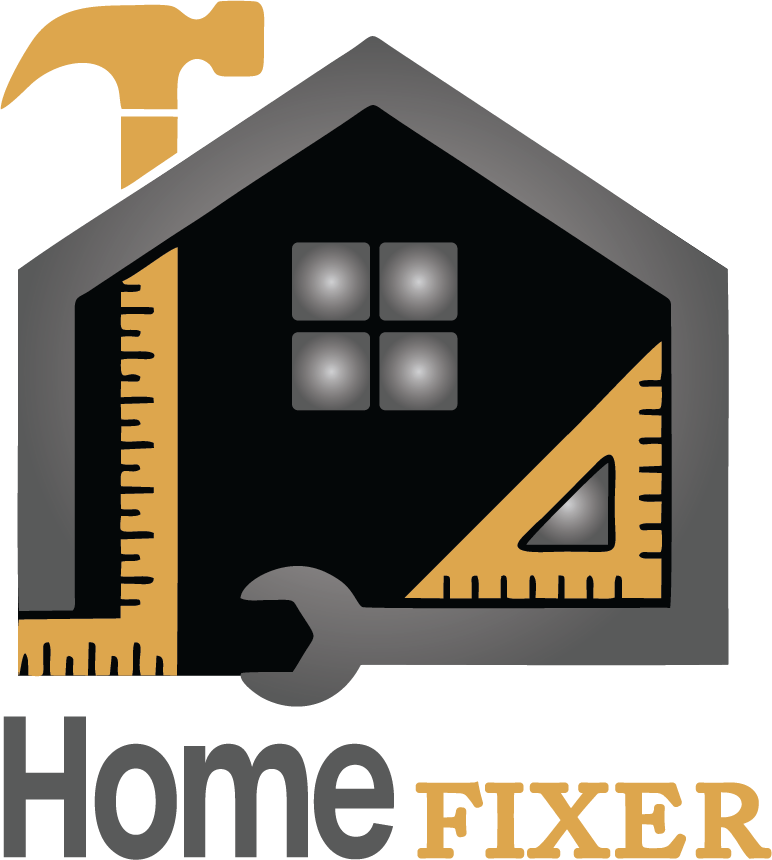
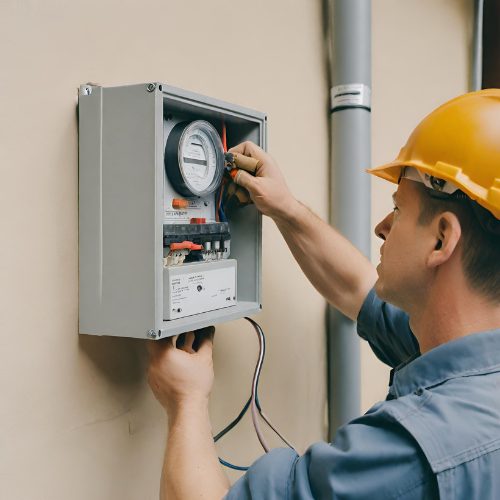
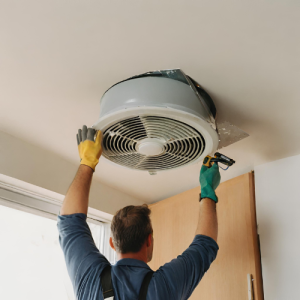
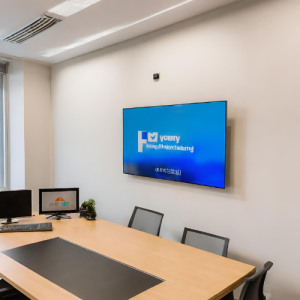

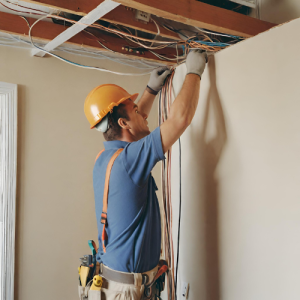

There are no reviews yet.